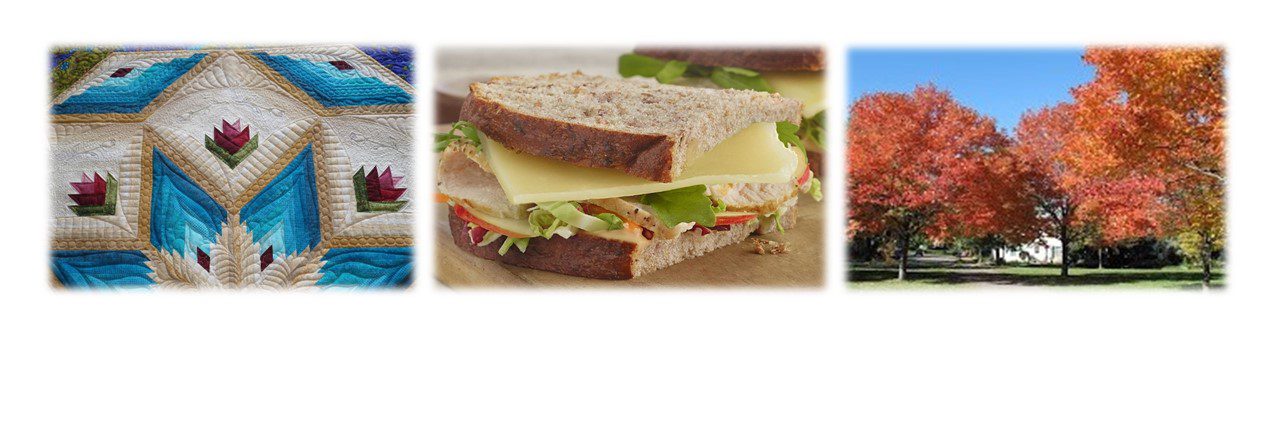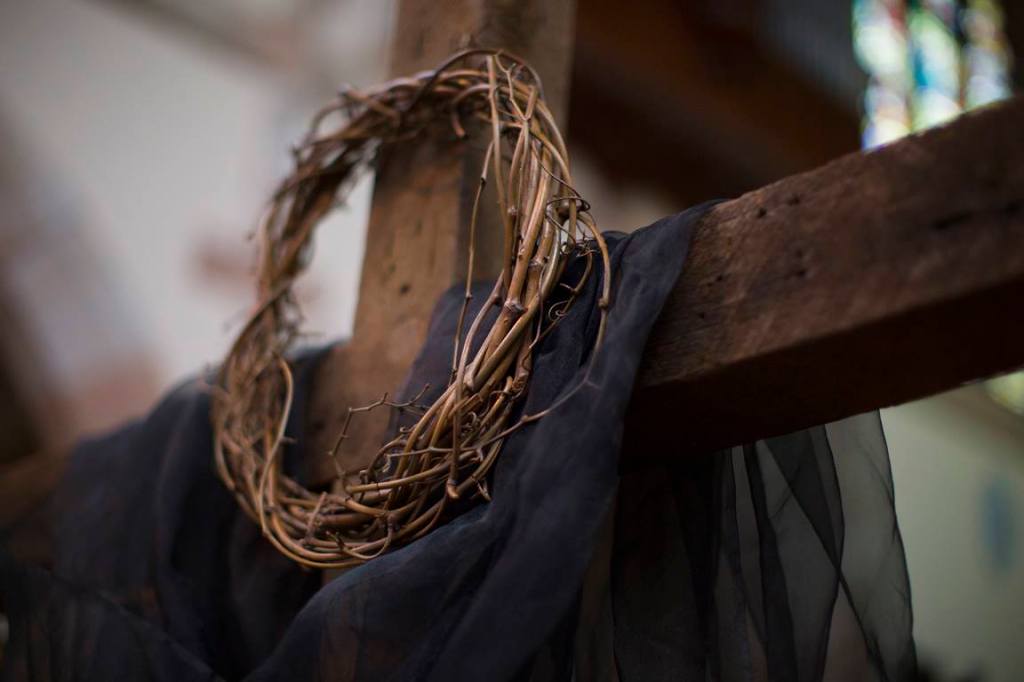This posting is a bit late, since these were gifts given to my brother for Christmas. But, better late than never.
The inspiration for these gifts were my brother’s strong liking for beer. This is one thing I do not have in common with him, I actually hate the taste of beer. So, to obtain the bottles that I needed for these projects, I had to rely on my sons and some of my friends for the empty bottles.
Glass Art: After taking a class at a local glass supply store, I tried my hand at making glass art from crushed bottles and scrap window glass. This was a fun project, but actually a lot of work.

For the clear background, I used glass that came with a couple frames that I had recently purchased. Because most window and photo frame glass has a thin film of tin, this layer needs to be identified and removed with a chemical solution prior to fusing. After cleaning with isopropyl alcohol, two pieces of glass were then fused together using a full fuse program to make the main background of the project .
For the tree, brown and green bottles were crushed with a frit piston and screened with frit sifters.

To make the trunk of the tree, brown glass frit was contoured on the background glass with some GlasTac.

The green frit was then added to create the canopy of the tree and the surrounding ground. The project was fired using a contour fuse program (1375F max temp).

Finally for display purposes, the project was slumped over a gentle curved stainless steel mold and mounted in a metal base (see photo above).
This was a fun project, but I think the next time I attempt glass sculpture with frit, I will probably use premade purchased frit.
Bottle Projects:
I have previously used empty bottles for wind chimes and as the base of pot melt mushrooms. Most wine bottles have a dimpled or punted bottoms. However, beer bottles generally have a flat bottom. When fired on their sides, flat bottoms fold up nicely. This made these beer bottles useful for making several projects. After several trials, I settled on using a full fuse program (max temp 1425F) for flattening the bottles on my kiln shelf.
Napkin holder: The flattened bottle was balanced on a napkin holder mold and fired at using a slumping program (max temp 1280F).

Trivet: To make two different serving trays, two and three bottles were overlapped slightly and again fired at a full fuse program (1425F). After firing and cooling, clear adhesive pads were placed on the bottom of the trivets. I forgot to take a photo of the beer bottle trivet, but I did recently make a trivet out of sparkling cider bottles.

Serving dishes: A cleaned and empty beer bottle, sparkling cider bottles or wine bottles (not flattened), was placed in an appropriate sized bottle slumping mold and fired following a bottle slump program (max temp 1280F, with a slow initial ramp at 250F/hour and a 30 min hold at 1100F to allow for the air to escape from the bottle).

These were all really fun projects to make.

